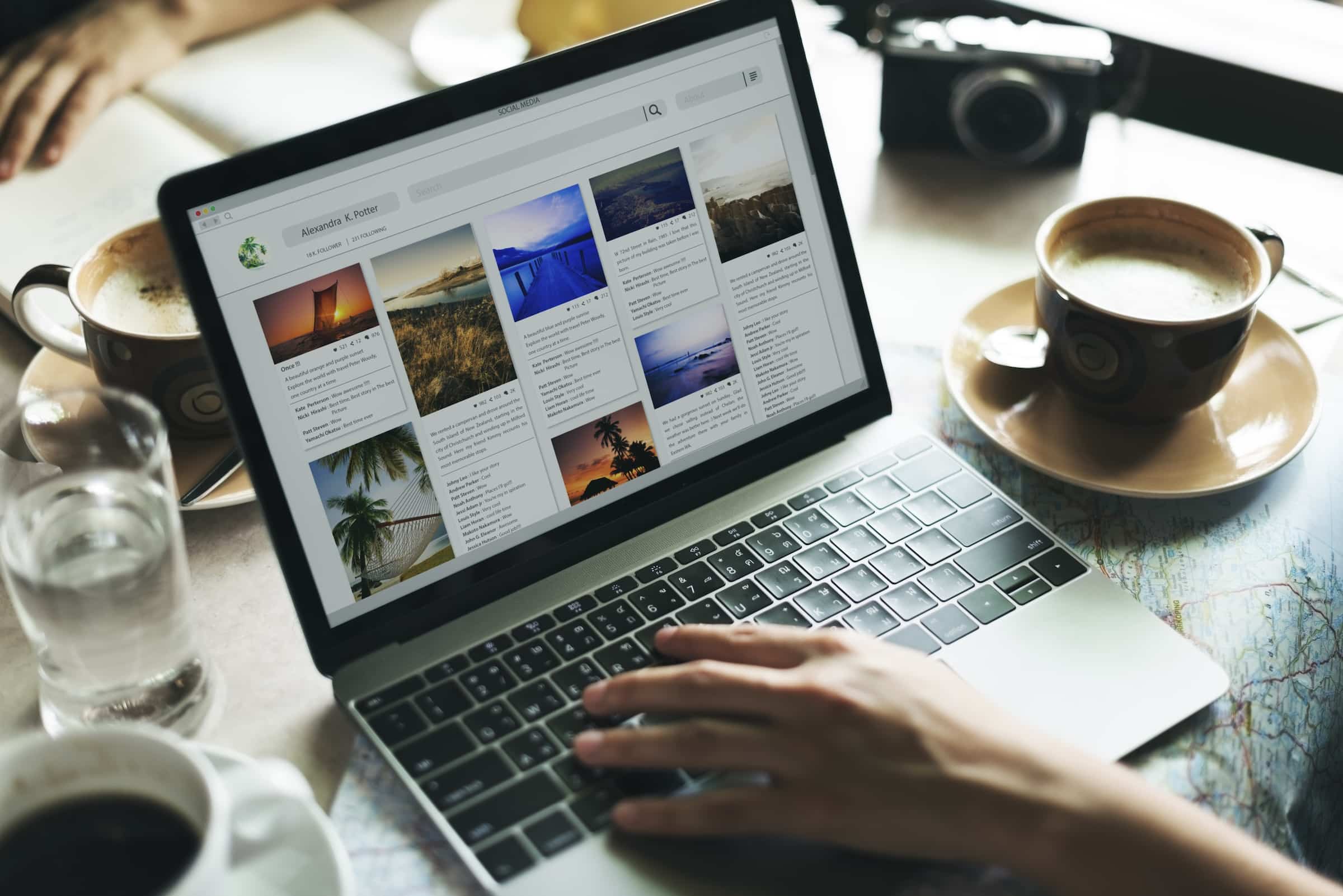A sales funnel must be well-developed with effective targeting based on accurate customer data to be effective. Last time, we covered the initial stages for building an effective B2B sales funnel, and today we’re diving into our two favorite stages in the B2B funnel: evaluation and purchase.
So, what does it take to get prospects across the purchase line and turn them into actual paying customers? Read on to find out!
Engaging and Educating Leads: Evaluation
Engaging and educating leads is critical for moving them into the final stages of your sales funnel. High-quality content plays a pivotal role in keeping leads informed and interested.
To be the most effective at pushing people down the B2B funnel, your content should address the needs and pain points of your leads, offering valuable insights and solutions. It’s not just about selling your product, but establishing your brand as a trusted resource.
Here are some types of content to consider including at the evaluation stage:
- Whitepapers: These hard-hitting content pieces provide in-depth analysis and comprehensive information that can help leads make informed decisions.
- Industry Survey/Report: Conducting your own research and publishing the results can be an impactful way to demonstrate your industry expertise and thought leadership, helping create new dialogues and lend novel insights to those in your sector.
- Webinars and Virtual Events: Webinars and virtual events are powerful tools for engaging leads. They allow you to showcase your expertise, interact with prospects in real time, and build trust. For example, hosting a webinar on industry trends or a product demo can provide valuable information and foster a deeper connection with your audience.
Closing the Deal: Purchase
The final stages of the B2B funnel focus on converting leads into customers. Effective techniques and strategies are essential for closing deals and getting that invoice paid.
When you’re in the room (virtual or in person) with the decision-makers, your final sales presentations should:
- Be Tailored: Customize your presentations to address the specific needs and pain points of their company and use case.
- Communicate a Clear Value Proposition: Clearly articulate the unique value your product offers and how it solves the company’s problems.
- Incorporate Storytelling: Paint a picture that makes things more relatable to your audience and leaves an impression.
At this final stage between evaluation and purchase, overcoming common objections is critical. Your sales reps may already have some of these tactics down, but as a reminder:
- Listen Actively: Make sure you understand the lead’s concerns fully before responding.
- Provide Evidence: Use testimonials, case studies, and data to back up your claims. Keep some customers on speed dial who are willing to speak to potential customers and share their experience.
- Address Concerns: Tackle objections head-on by providing clear, concise answers and demonstrating your product’s value. If you have data to back up your statements, even better.
And if you still haven’t quite gotten them to the finish line, try:
- Creating Urgency: Offer limited-time discounts or bonus offerings to encourage swift decisions.
- Simplify the Process: Make the purchasing process as straightforward and hassle-free as possible. This is where jumping on the phone to make sure their AP department has all the details they need can help speed things along.
- Follow Up: When in doubt, follow-up. An email or call can help address any lingering questions and reinforce the value of your offer.
Post-Sale Follow-Up

You made the sale, congrats! Remember that engaging with customers after their purchase is crucial for satisfaction and retention. It’s important to deliver on the value you promised, and a smooth post-sale and onboarding process is critical to fulfill this promise.
Ongoing engagement helps make customers feel valued and supported, which can lead to repeat business and even referrals down the line.
Consider incorporating some of these components to onboard new customers:
- Welcome Emails: Send personalized welcome emails with useful information and next steps. Provide useful resources for new customers.
- Onboarding Programs: Offer training sessions, tutorials, and resources to help customers get the most out of your product. Depending on your business model, a personalized onboarding program may be worth investing in.
- Regular Check-Ins: Schedule follow-up calls or emails to address any issues and offer additional support.
- Using Customer Feedback: Collect feedback through surveys, reviews, and direct conversations to understand customer experiences and identify areas for improvement. Use this feedback to refine your sales process and improve future offerings as well as the hand-off process from sales to customer success.
Analyzing and Optimizing Your Sales Funnel
Regularly analyzing and optimizing your sales funnel is vital to make sure it’s as high performing as possible. Some key metrics to track include:
- Conversion Rates: Measure the percentage of leads that move from one stage to the next. Learn more about conversion rate optimization here.
- Customer Acquisition Cost (CAC): Calculate the cost of acquiring each customer to help gauge profitability.
- Customer Lifetime Value (LTV): Estimate the total revenue a customer generates over their relationship with your company.
- Sales Cycle Length: Track the average time it takes to convert a lead into a customer.
Learn more about key metrics to track for your B2B sales efforts in this article.
Based on this data and feedback you collect, you can identify bottlenecks and areas for improvement. Make sure to regularly update your strategies and tactics to keep your sales funnel efficient and effective.
Build a Better B2B Funnel
Building a successful sales funnel is an in-depth process that requires careful planning and ongoing adjustment and optimization. By understanding all the stages of the sales funnel and effectively generating and nurturing leads, you can push leads down the B2B funnel towards a purchase. A high-performing funnel can deliver big results, driving more conversions and boosting revenue.
Remember, the key to success is continuous improvement and adaptation. Start building and refining your sales funnel today, and watch your business grow.
If you want to add more leads to your B2B funnel, consider giving LeadLander a try. Our website visitor tracking platform enables you to identify warm leads and begin nurturing them when the iron is hot. Sign up for a free trial today, no credit card needed.
